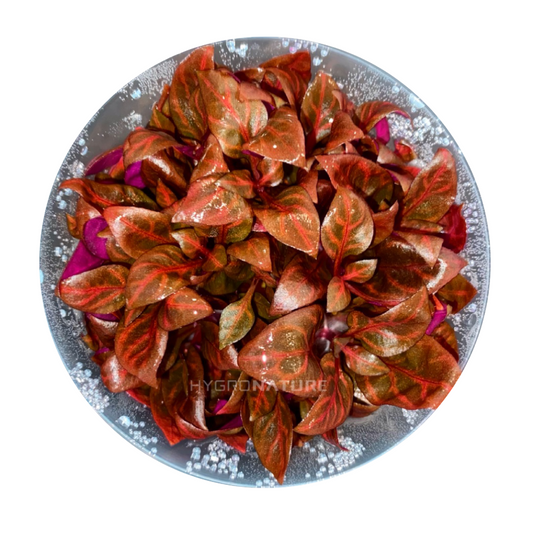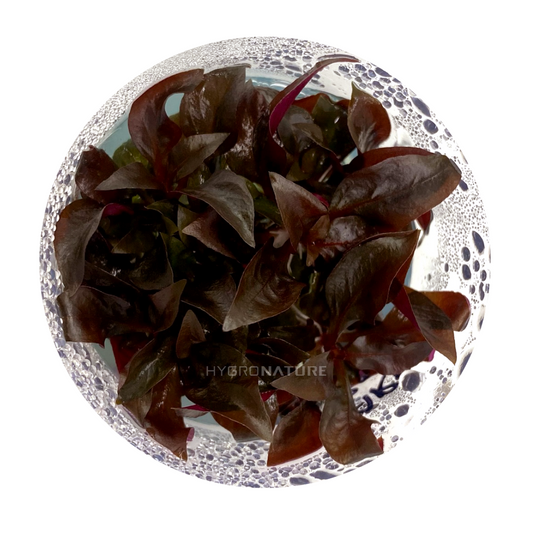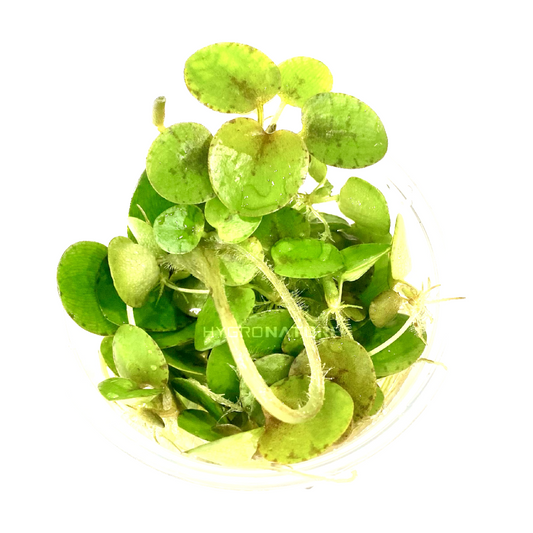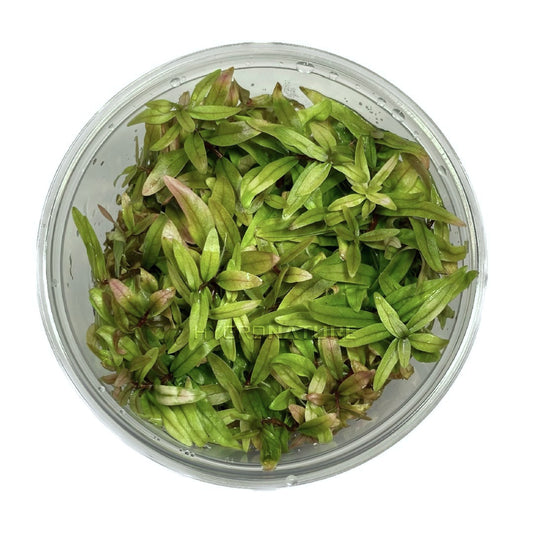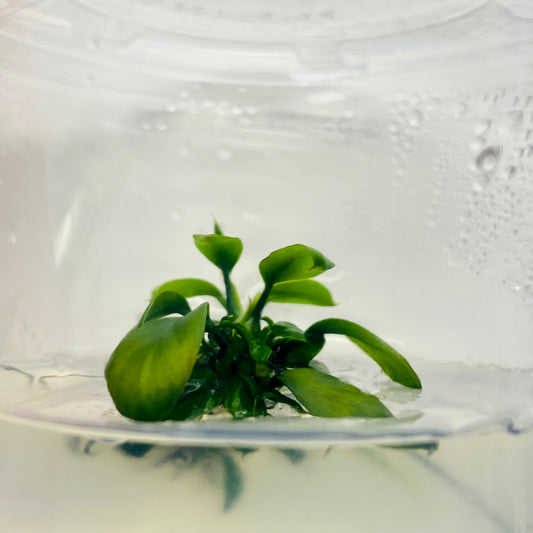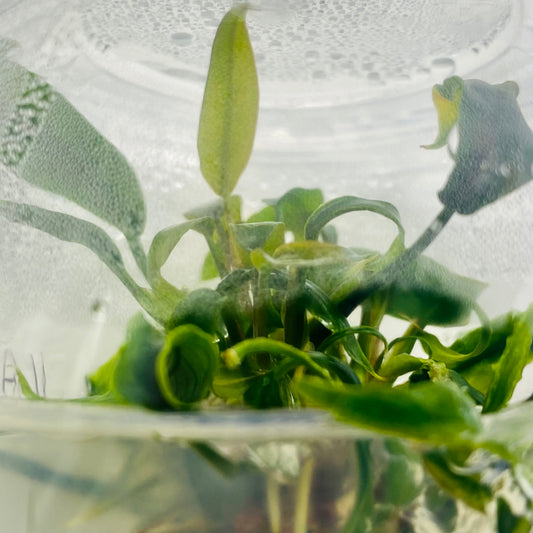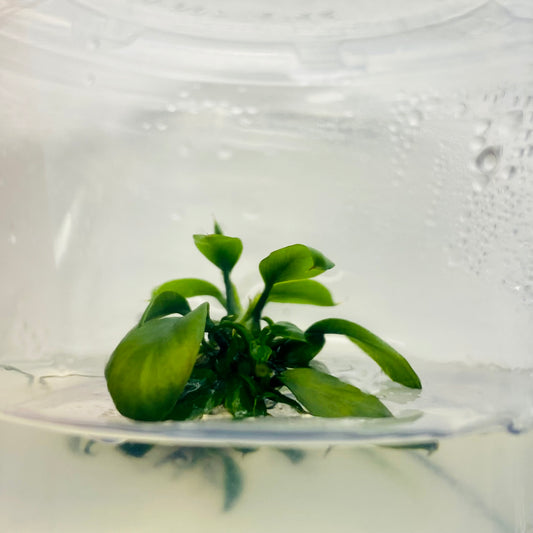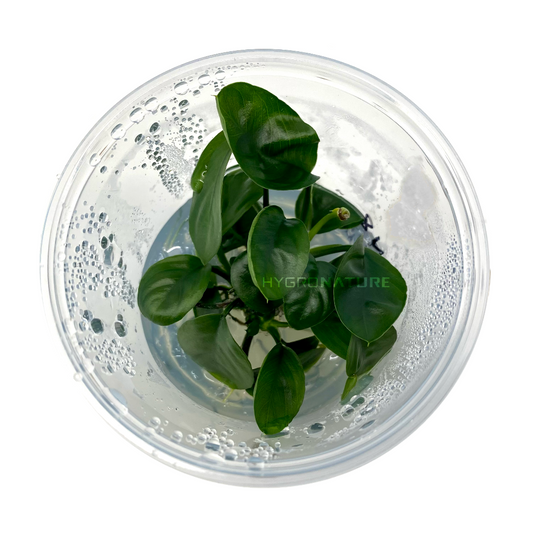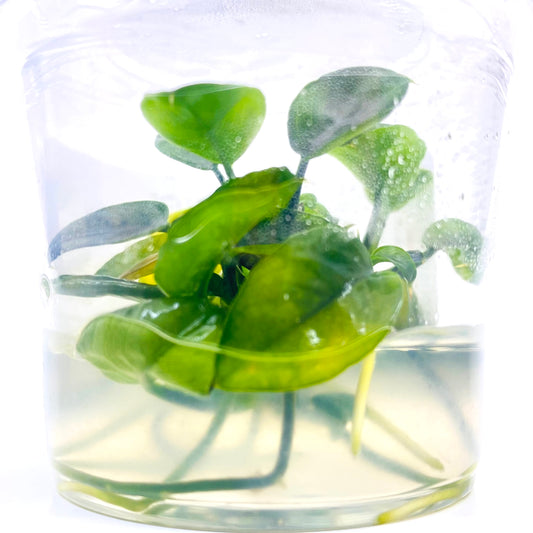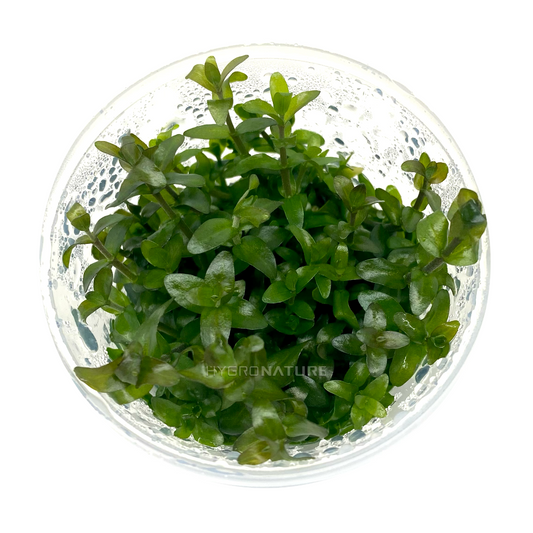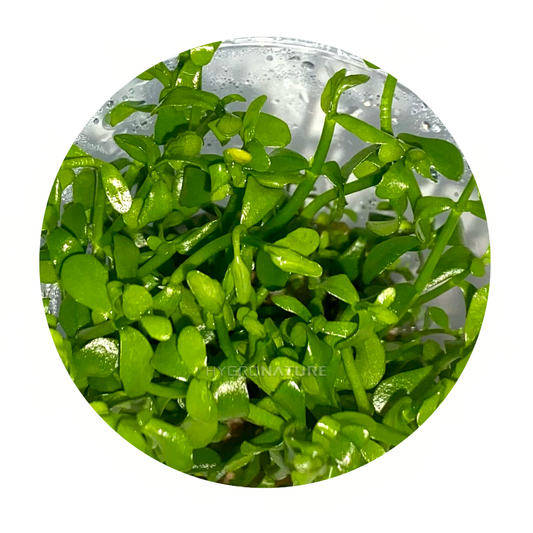When it comes to carnivorous plants, acclimating them from tissue culture is a crucial step in ensuring their survival and growth. Tissue culture is a process where plant cells are grown in a controlled environment, separate from the parent plant. This method allows for the production of genetically identical plants on a large scale, but these plants need special care when transitioning to a new environment.
What is tissue culture?

Tissue culture involves taking a small piece of plant tissue, such as a leaf or stem, and placing it in a nutrient-rich medium to stimulate growth. This process allows for the rapid propagation of plants without the need for seeds. Carnivorous plants, like Venus flytraps and pitcher plants, are often propagated through tissue culture due to their unique growth requirements.
Why is acclimation important?
Plants grown in tissue culture are accustomed to a highly controlled environment with constant temperature, humidity, and light levels. When these plants are transferred to a new environment, such as a home garden or greenhouse, they may struggle to adapt to the changes. Acclimating carnivorous plants helps them adjust to their new surroundings and reduces the risk of transplant shock.
How to acclimate carnivorous plants
1. Gradual exposure: Start by slowly introducing the plants to their new environment. Begin with short periods of exposure to natural light and increase the duration over time.
2. Humidity control: Carnivorous plants thrive in high humidity levels. Use a humidity dome or mist the plants regularly to maintain the ideal moisture levels.
3. Temperature regulation: Keep the plants in a warm, well-lit area away from drafts or extreme temperature fluctuations.
4. Watering schedule: Carnivorous plants have specific watering needs. Use distilled water or rainwater to keep the soil moist but not waterlogged.
Step 1: Prepare the Growing Medium

Start by preparing a suitable growing medium for the carnivorous plants. A mix of peat moss and perlite is commonly used for these plants, as it provides the necessary nutrients and drainage they require.
Step 2: Remove the Plants from Tissue Culture

Gently remove the carnivorous plants from the tissue culture container, being careful not to damage the delicate roots. Rinse the plants with distilled water to remove any excess agar or media residue.
Step 3: Transplant the Plants
Transplant the carnivorous plants into the prepared growing medium, making sure to plant them at the same depth they were in the tissue culture container. Water the plants lightly to help them settle into their new environment.
Step 4: Provide Adequate Light and Humidity
Carnivorous plants require bright, indirect light to thrive. Place them in a location where they will receive plenty of light without being exposed to direct sunlight. Additionally, these plants thrive in high humidity, so consider using a humidity tray or a humidifier to create the ideal growing conditions.
Step 5: Monitor and Adjust as Needed
Monitor the carnivorous plants closely in the days and weeks following transplantation. Watch for any signs of stress, such as wilting or browning leaves, and adjust the growing conditions as needed. It may take some time for the plants to acclimate fully, so be patient and attentive.
Benefits of acclimation
Proper acclimation increases the chances of success when transitioning carnivorous plants from tissue culture to a new environment. By following these steps, plant enthusiasts can enjoy healthy, thriving specimens that showcase their unique beauty and fascinating carnivorous adaptations.


